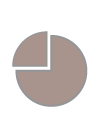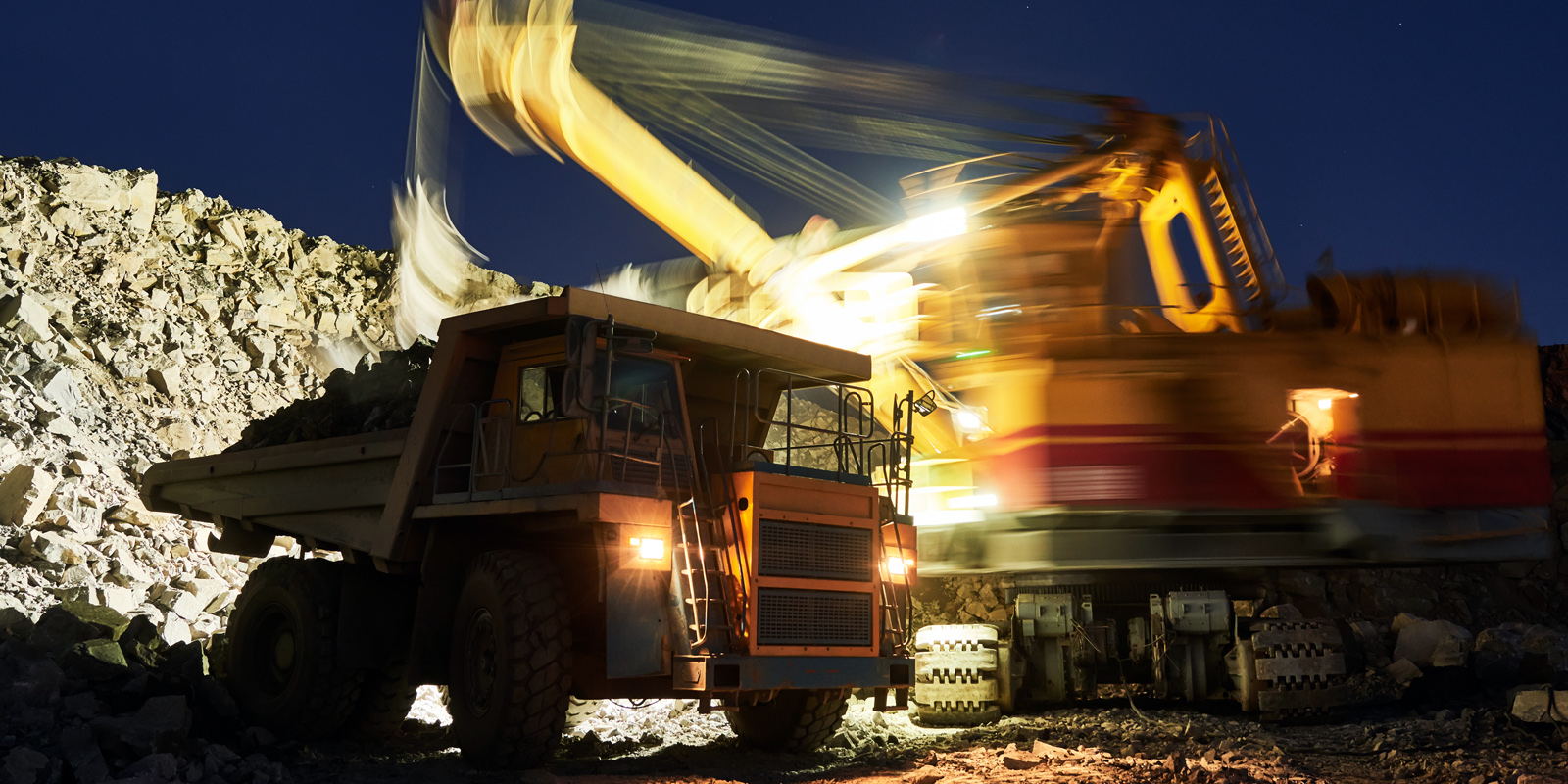
10th
Türkiye's rank in global mineral diversity.

2.2%
Türkiye's share in global industrial raw material reserves.

40%
Türkiye's share in global natural stone reserves,
with a global export share of 68%.

73%
Percentage of global boron reserves in Türkiye.

62%
Percentage of global boron trade Türkiye handled in 2021.

20.4 billion tons
Amount of Türkiye’s lignite reserves.

102 million tons
Amount of Türkiye’s lignite production in 2022.

31 tons
Amount of Türkiye’s gold production in 2022.

Türkiye’s mining and metals sector has grown in parallel with the country’s robust economy. Harboring a large expanse of the western portion of the Tethyan-Eurasian Metallogenic Belt, which is an ophiolite extending from the Alps to southeastern Europe through Türkiye, the Lesser Caucasus, Iran, and the Himalayas on to China, Türkiye offers proven potential for mining investors. As the least exploited portion of the belt, Türkiye stands out as a very promising region for companies engaged in mineral extraction.
Here are some essential facts and figures about the Turkish mining and metals sector:
- The share of the mining sector in Türkiye's GDP increased from 1.33 percent to 1.36 percent from 2021 to 2022.
- The sector’s total production value soared to TRY 131.5 billion in 2021 up from TRY 83.1 billion in 2020.
- Türkiye’s young, dynamic, and well-educated labor force translates into a high-quality labor pool. There are 12 mining engineering departments in Türkiye. In 2023 the number of mining engineers registered with the Chamber of Mining Engineers member list stood at 19,609 while 293 new mining engineers were added to the talent pool.
- Türkiye’s advantages for companies in the mining sector are not limited to a high-quality labor pool, but also include advantageous logistics and drilling costs, proximity to major markets, lucrative government incentives, and highly competitive taxes.
- As a result of its remarkable economic growth, years of political stability, structural reforms, and the backing of governmental bodies, Türkiye attracted USD 171 million of FDI to its mining industry in 2023. Meanwhile, mining exports in the sector totaled USD 6 billion in 2022.
- These figures prove investors’ increased interest in Türkiye. As of today, Türkiye boasts 649 international mining companies, up from only 138 in 2004.
Investment incentives for the manufacturing industry vary depending on the location of the investment. Türkiye is divided into 6 regions according to the socio-economic development levels of its provinces. Region 1 is the most developed region while Region 6 is the least developed region. Investors who invest in a relatively less developed region may benefit from higher incentive rates and vice versa.
However, sectors such as mining, aviation, electronics, and pharmaceuticals are classified under high tech investments in Türkiye. If an investment is made in these high-tech sectors, investors may benefit from high incentive rates regardless of the location of the investment. Moreover, mining is one of these sectors and mine extraction investments may benefit from Priority (Region 5) incentives regardless of the investment location.
